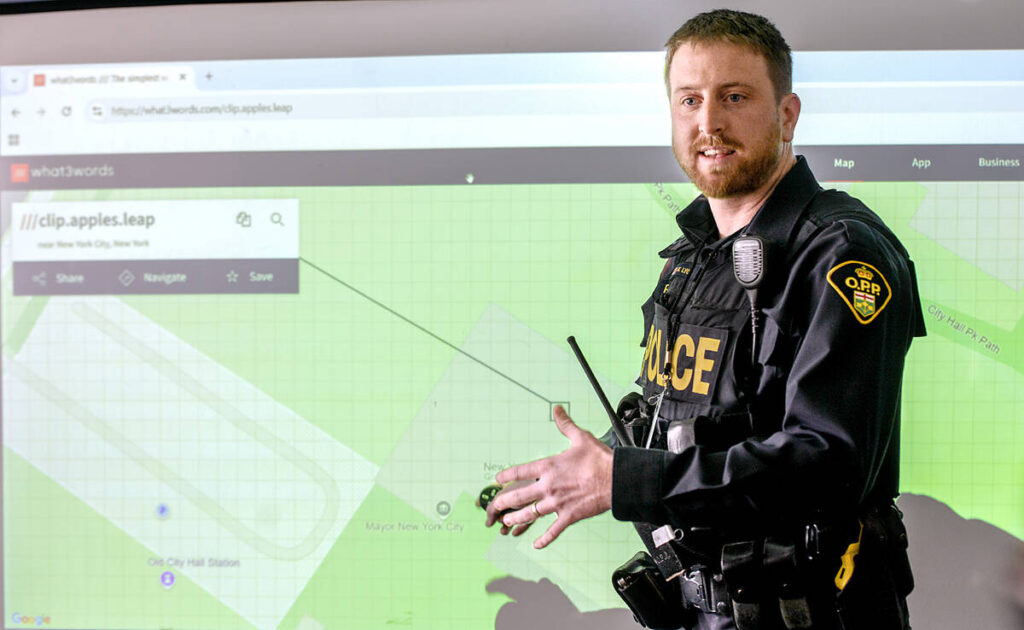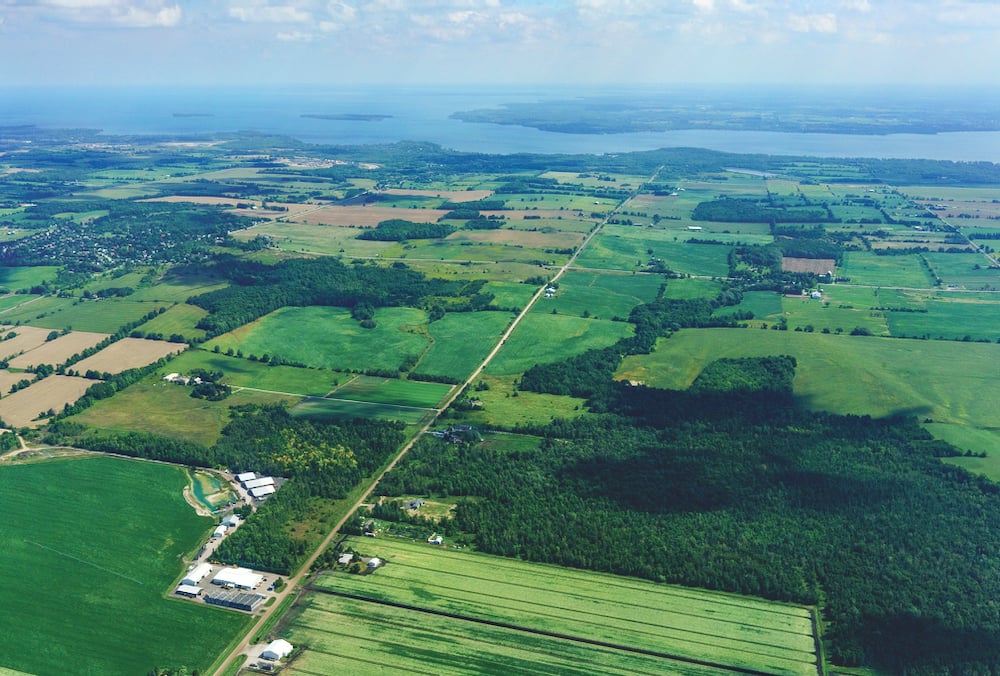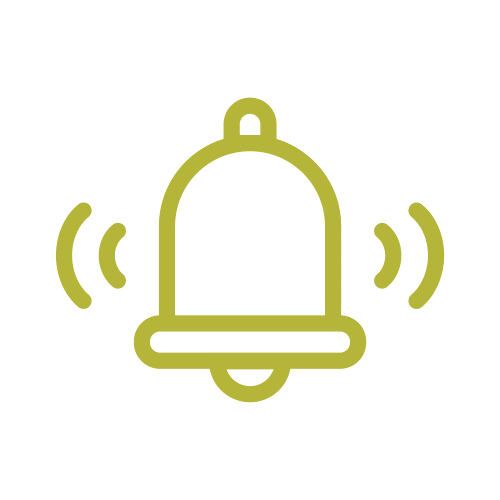Proactive tips for preventing on-farm theft

The adage ‘an ounce of prevention is worth a pound of cure’ holds true when curtailing on-farm theft.
Gone are the days of leaving property unlocked or leaving keys to the truck or tractor, especially when parked in a field unattended, said Grey Bruce OPP media Constable Kody Lyons, speaking at the Grey Ag Service’s farm theft prevention course last month in Markdale.
Why it matters: With rural crime rising, minor adjustments to daily farm life and better serial number tracking could deter thieves and help identify stolen goods.
Read Also


‘Foodbelt’ legislation to be tabled by Ontario Greens and Haldimand-Norfolk MPP
A proposed bill from the Ontario Green Party and Haldimand-Norfolk MPP Bobbi Ann Brady aims to protect agricultural land in food production areas across Ontario
“When someone’s driving by and sees something in the open, this is an opportunity for them. It’s easy to grab,” said Lyons. “(If) they don’t know what’s in it (a shed or barn), they’re most likely going to push on and look somewhere (else).”
Lyons acknowledged that the “out of sight, out of mind” approach isn’t always feasible on a farm. However, locking windows, doors and gates and installing video surveillance systems, including trail cameras at field gates, could deter thieves.
Lyon said locks slow them down, and cameras and tracking devices provide valuable information for police investigations.
“There are these Galaxy smart tags you can put in hidden spaces, in the tractor, in your truck or any piece of equipment,” Lyons said. “If you come out in the morning and it’s gone, you can activate it to see where it’s pinging from or the location.”
He cautioned that Apple AirTags can be disabled and detected by any iPhone, unlike Galaxy tags.
“A lot of people are putting fuel cutoff switches into their machinery now. When the person tries to fire it up, they’re not going to fart around,” explained Lyons. “They’re going to go, ‘Why isn’t it starting?’ And they’re just going to move on.”
Proof of ownership
In addition to tagging equipment and recording serial numbers, branding vehicles, machinery and tools with a unique identifying mark using a permanent marker can prove ownership.
“It’s just a small thing where now there can be really no dispute,” he explained.
Lyons introduced the CamSafe program, which allows registered video surveillance owners to share footage with police to identify thieves, track stolen goods or confirm the route taken. Participation in the service is voluntary and requires permission for police to access footage.
Enhancing security
Lighting is crucial in capturing clear, good-quality images and deterring theft attempts. A bright motion-activated light can scare off would-be thieves. However, areas outside the light’s reach remain a target.
A basic locking mechanism could provide enough resistance to discourage theft.
Lyons noted that most rural communities have an informal Neighbourhood Watch because residents look out for each other. He suggested creating an organized text group and designating rotating point people to field questions and concerns.
If you interrupt a theft, he advised you to call 911 and stay on the line to provide officers with detailed information on the suspect, their actions, vehicle descriptions, licence plates and whether there’s a secondary vehicle keeping watch on the road.
If something feels off, don’t hesitate to report it. It could be nothing, but reporting an incident helps police establish a log that could reveal patterns. For example, if enough incidents occur, such as theft, trespassing or speeding, it could trigger increased area patrols.
“For people who don’t want to call, you can report to Crime Stoppers; it is anonymous,” explained Lyons. The OPP’s online reporting portal is ideal for non-emergency complaints like speeding or aggressive vehicles, especially related to tractors on the road.
If you locate stolen items, the best course of action — unless someone is in distress — is to avoid touching anything and call the OPP non-emergency line at 1-888-310-1122.
Rummaging through a stolen vehicle or tractor can contaminate the scene and compromise potential fingerprint and DNA evidence.
“We will ask you, ‘Did you touch anything?’ But when we send it off to forensic science, it’s just one more elimination process we have to do,” he said.
Local opportunists commit most rural thefts, often leaving behind evidence, including coffee cups, cigarette butts and sometimes IDs, said Lyons — not organized crime rings.
“One time the bandit left, I think it was his health card, so we picked him up that way,” he shared, highlighting the importance of a detailed description of a vehicle’s interior in identifying items left by thieves.
Lyons suggests that farmers download the What3Words app for precise location identification. This is beneficial for emergencies and incident reporting, especially in areas without traditional 911 markers.
The app divides the globe into three-metre squares, assigning three unique words to each section. All Ontario first responders utilize it.
“It’s going to be specific to that square in that location. So, when we have a lost hiker call in, which we do a lot, we get them to download (the app.) They’ll say, ‘Hey, I’m at red, yellow, green,’ and our dispatch will know exactly where it is.”
Source: Farmtario.com


